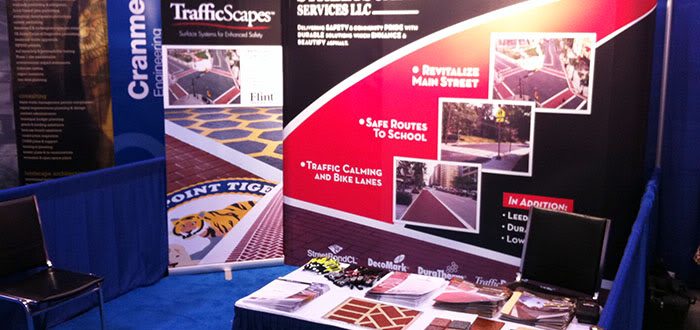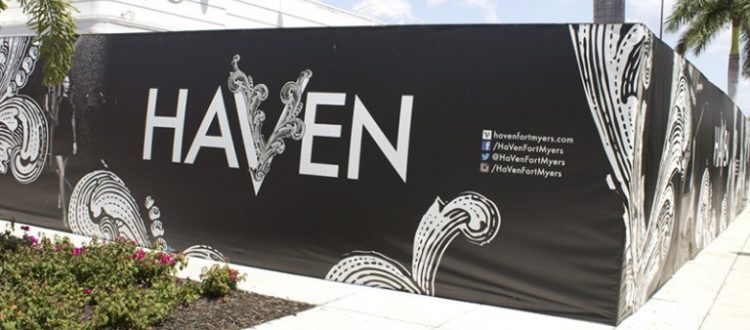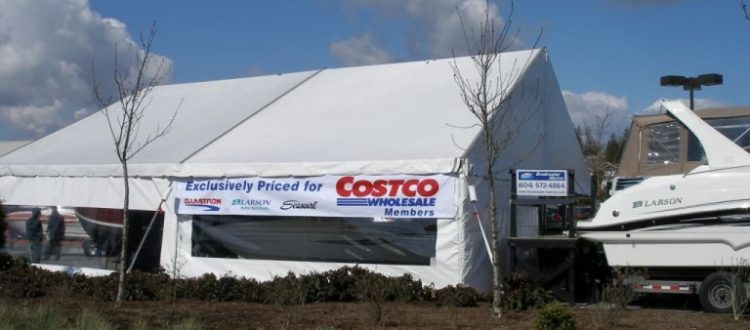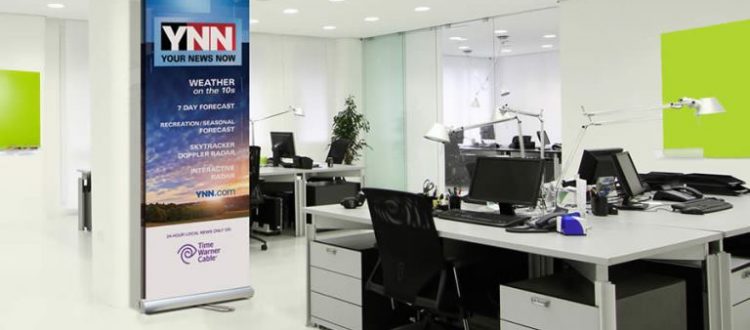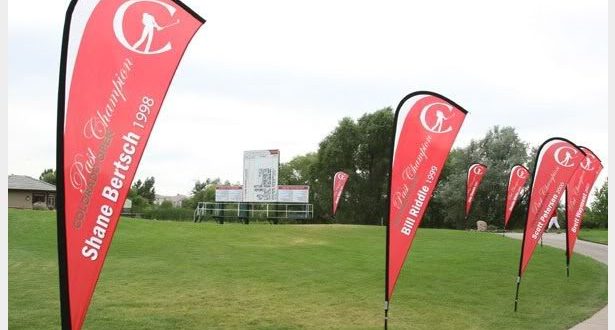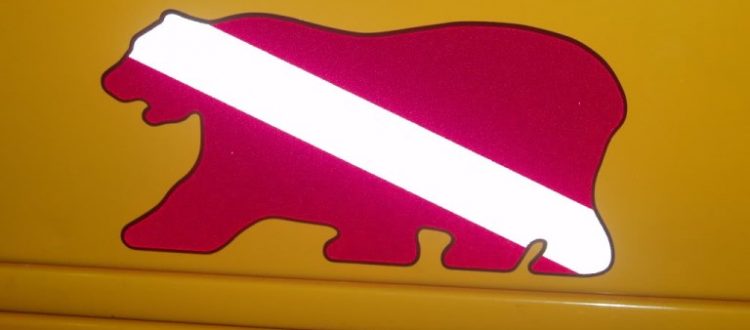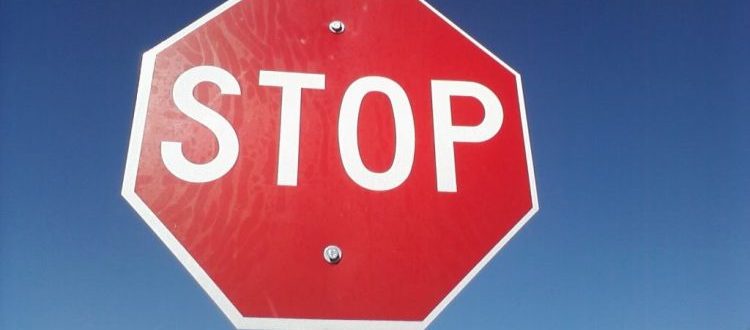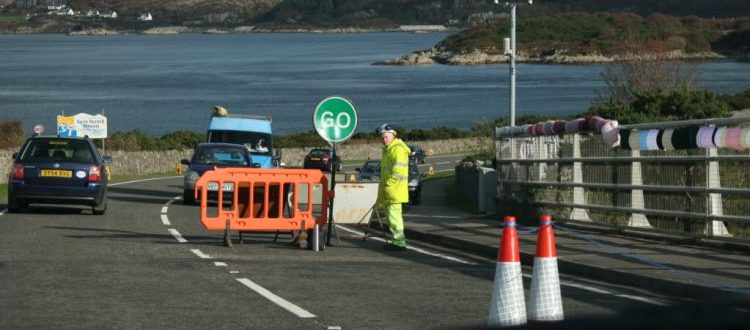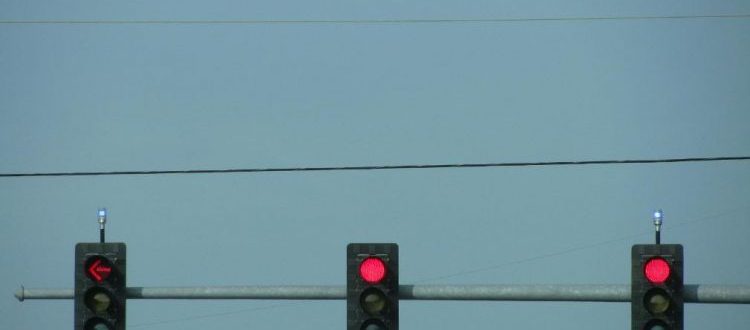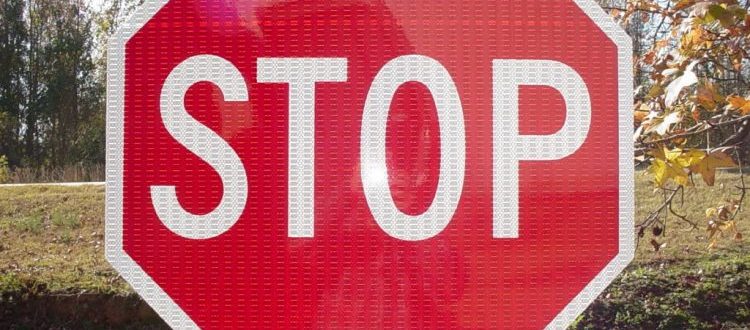Connecting banners to form a backwall display, and making banner graphics that can last for a long time.
Question: Can I make a “wall” out of the banners? Will the pictures connect?
Sort of. And sort of. There are several styles of banner stands that can help you create a sort of wall with your banners. Some of you might be wondering why you would even want a “banner wall,” but in reality, it can be a very professional looking backdrop to your stage or tradeshow booth.
Banner Stands
There are several styles of banner stands that will accomplish your wall o’banners.

